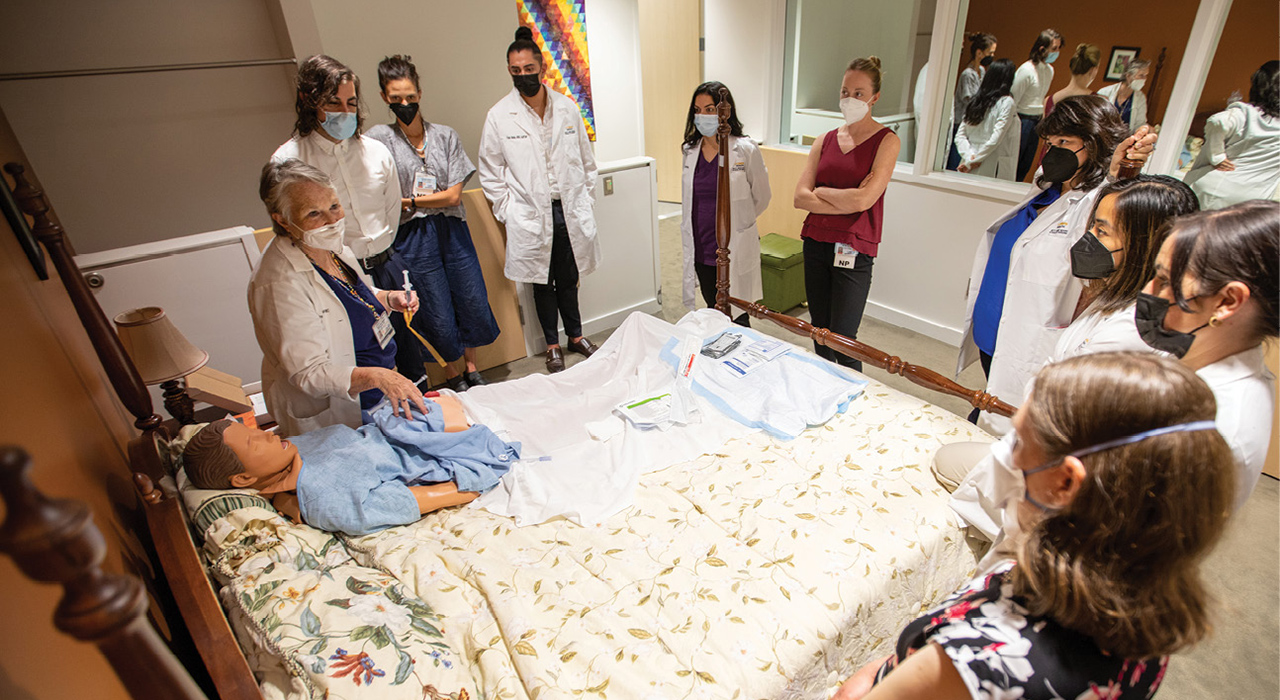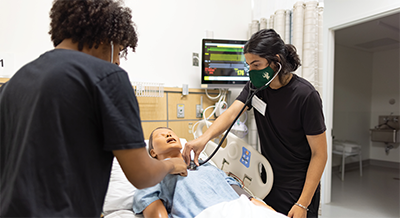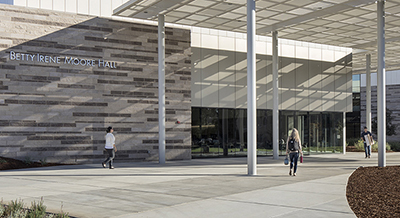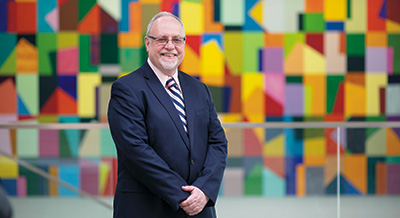At 29 years old and with six years as a nurse under her belt, Pat Foster wanted something more. Working on the border, south of San Diego with Chicana girls, she felt inadequately prepared to handle all the issues they were dealing with.
So, she joined 16 other nurses in a pilot program at UC Davis to prepare family nurse practitioners. In September 1971, both the program and the profession were unknowns.
“When we came into the program, we all may have had a different idea of what this was because it was so new,” recalled Foster, a graduate from the first class.
“They recruited public health nurses and it sparked my interest,” added her Class of 1973 classmate Vicki Houle, 24 at the time. “We were the Wild West.”
Fighting against pushback
After one year at UC Berkeley, the Family Nurse Practitioner Program (FNP) transitioned to the UC Davis School of Medicine, where the goals aligned. Both were focused on solving California’s lack of primary care, especially in rural and underserved areas. Graduates earned a Master of Health Services Degree in Family Nurse Practice. Upon completion 50 years ago this year, they faced a harsh reality.
“There was pushback. We weren’t taken very seriously,” said classmate Betty Labastida.
“It was needing to wear a flak vest every day. We had pushback from the physicians and the nurses. We were fighting on a survival level,” Houle said. “It amazes me how the current NPs take for granted all the things we fought for.”
While everyone agreed on the need for more primary care providers in California, the nurse practitioner profession was both innovative and unorthodox, which led to many questioning its legality. The leaders of the UC Davis program gained support from Sen. Alfred Song who ultimately passed the Experimental Health Manpower Act in 1972, allowing NPs and physician assistants to practice under medical supervision.
“No one had any idea what I was and what I could do,” said Mary Garofalo, another member of the Class of 1973. “I had a lot of testing from physicians who enjoyed seeing me squirm.”
Serving the underserved
In addition to the hurdles of being accepted in practice, program leaders also faced a test in getting the students exposed to rural areas and the populations of greatest need. After one year of didactic instruction and some clinical exposure, the students embarked on a 6-month-long preceptorship, or training, in rural locations.
Those early experiences planted a seed in many in that very first class. Foster would go on to work several years in Colombia, to teach FNP skills to master’s-level nursing students from four Latin American countries. Houle co-owned a practice in Tahoe City and helped launch a nursing program in Swaziland (now Eswatini) with the Peace Corps. And Labastida would spend the half of her 40-plus-year career in eight countries with the U.S. Department of State Foreign Service, and the other working in county medical services along the West Coast.
“It was my dream job,” she said. “I feel fortunate that the program prepared me to be part of the change.”
A profession and legislation evolve
The Manpower Development and Training Act was the first of several legislative acts that were completed to provide permanent support. In fact, not until 2020 did NPs gain the power to practice independently via Assembly Bill 890. The bill requires a phased-in approach making eligible nurse practitioners fully independent around 2026.
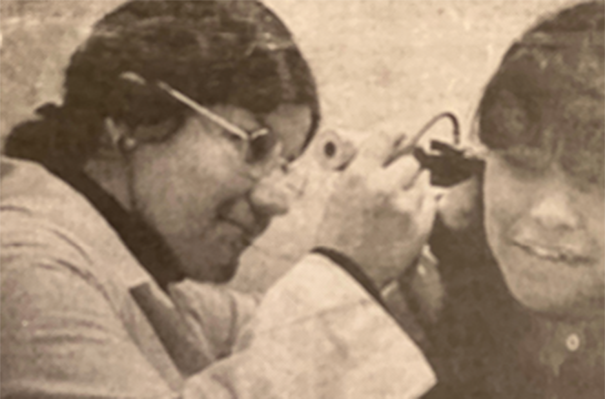
“We fought to change prescription privileges. It took us five times working with the legislature to get that passed,” Houle recalled. “When we went down in flames for independent practice, I realized what tough skin we had to have.”
As those early NPs pioneered their new roles and the profession itself, the UC Davis program, which also included a physician assistant program, evolved. In 1974, it earned accreditation by the American Medical Association and opened up to all nurses as a certificate program. After 40 years of successful contribution to the primary care workforce, both programs transitioned to the new Betty Irene Moore School of Nursing at UC Davis in 2013 and, just as that first class, at the master’s-degree level. Now the 111 graduates from the School of Nursing’s program join the 1,800 who graduated from the medical school.
Celebrating a half century
In May, those trailblazing alumni from the Class of 1973 reunite at Betty Irene Moore Hall to mark their 50th year since graduation.
“What an incredible impact these providers have had on the foundation of the NP profession and the health and well-being in communities here and beyond,” said Cat Adams, senior development director at the School of Nursing. “We want to celebrate all they’ve accomplished and let them know that even though they graduated from the School of Medicine, we consider them part of our School of Nursing family too.”
For some, it will be the first time in 50 years to see each other.
“I’m looking forward to reconnecting with old friends and hearing what everyone’s done with this pilot project. We’ve all spread our wings and done a lot of interesting things,” Foster said.
“I think we proved ourselves, therefore we proved it for UC Davis,” Houle added. “I think it was a win-win for both of us.”

